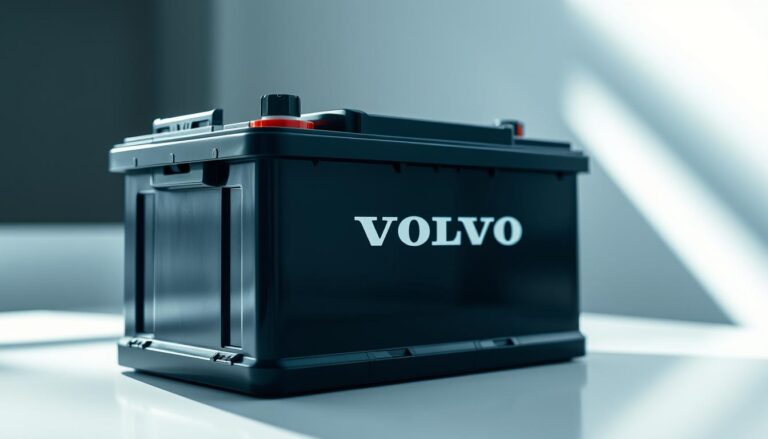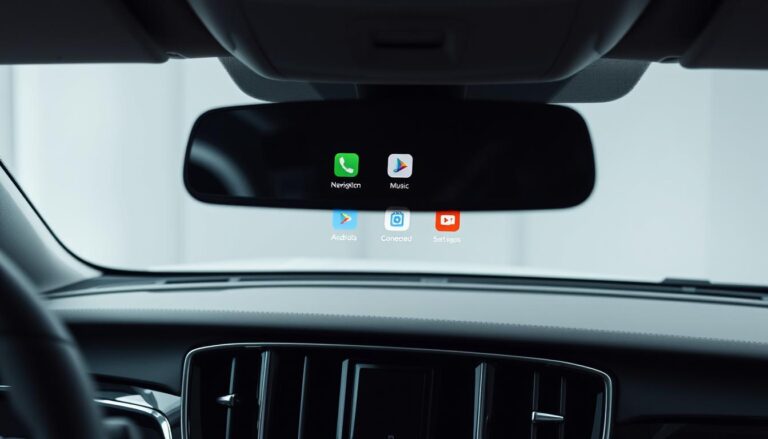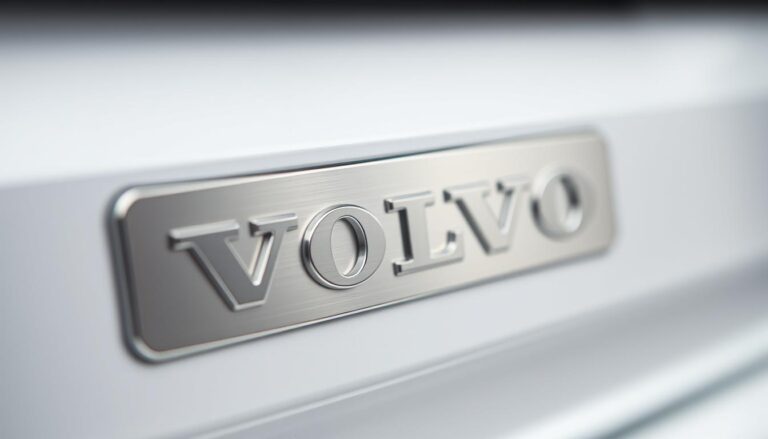This FAQ opens with the official coolant color used today and explains why hue alone can mislead owners. The focus is practical: chemistry matters more than sight. Learn how HOAT chemistry underpins protection and compatibility for the engine in everyday driving.
Color in a reservoir can reflect lighting, additives, or contamination rather than product type. We explain how HOAT differs from OAT or phosphate formulas and why mixing can cut service life and leave systems unprotected.
U.S. owners will get clear tips for reading jug labels at the dealer or parts counter. The thread of this guide also warns when a red tint might signal automatic-transmission fluid or another issue, not a simple refill choice.
Key Takeaways
- Trust chemistry (HOAT) over hue when choosing a coolant.
- Mixing incompatible formulas can reduce protection and lifespan.
- Check labels and specs at purchase, not just reservoir color.
- Red or odd tints may indicate contamination, not product change.
- When unsure, a full flush is often the safest option.
Official Volvo coolant color today and what it means
Field reports and parts-counter notes agree: since the late 2000s dealer-supplied fluid in the U.S. has most often poured blue rather than the older green formulation.
Is it blue, green, or something else now?
The practical takeaway is that the dye shifted around 2007 in many supply runs, so present jugs at the dealer usually show blue. Earlier stock and some vintage reservoirs remained green, which can cause confusion when comparing years.
HOAT explained: Hybrid Organic Acid Technology
HOAT mixes fast-acting inorganic inhibitors with longer-life organic acid packages. This blend protects aluminum heads and mixed-metal systems while avoiding some phosphate issues found in pure OAT or phosphate-based products.
Why blue can look green in photos or tanks
Light, white balance, or yellowed expansion tanks often shift a blue fluid toward a dark green appearance in images. That visual change does not mean the chemistry changed.
Matching chemistry, not dye
Match HOAT on the label rather than relying on dye. Some aftermarket HOATs, like Zerex G‑05, may appear yellow in the jug but still meet the same inhibitor profile.
- Dealer jugs in recent years: usually blue when poured.
- No official red product is offered by the factory; red/pink typically signals different OAT/phosphate chemistries used elsewhere.
- When uncertain, check parts counter listings or a forum thread such as reported color changes over the years.
Volvo Coolant Colour: What You Need to Know
Match chemistry, not dye. Dyes mislead; hybrid inhibitor systems protect mixed-metal engines. Owners should treat an unusual hue as a sign to inspect, not an invitation to mix fluids.
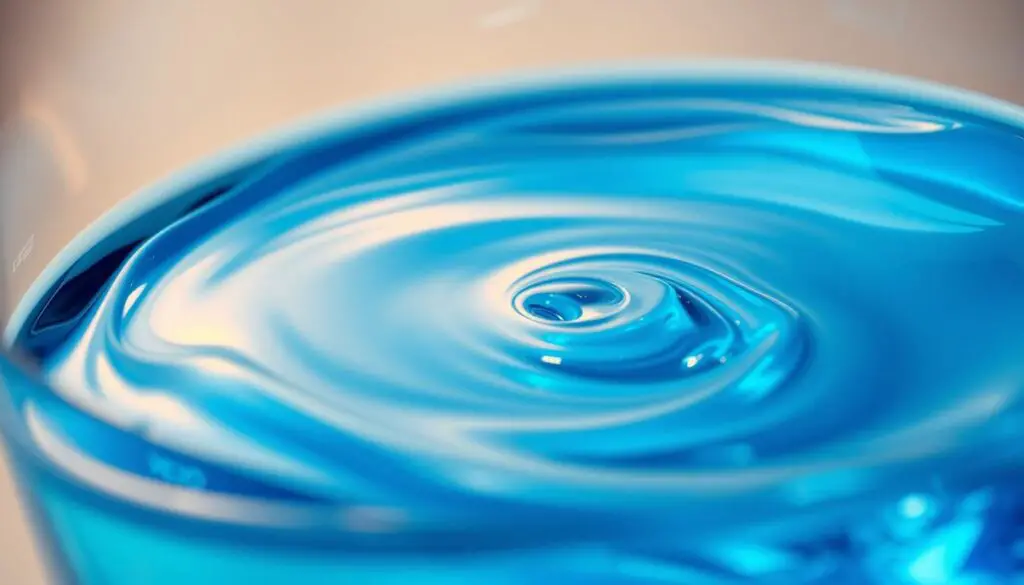
Mixing myths: blue/green HOAT vs pink/red OAT/phosphate coolants
Many blue or green formulations use HOAT chemistry. Many pink or red products use OAT or phosphate-based packages for other makes. Mixing these systems can cut service life and lower corrosion protection.
“Red coolant” concerns: when color hints at the wrong fluid—or ATF contamination
Red coolant in a tank can indicate the wrong additive was added or a failed transmission cooler leaking ATF into the radiator.
“Pink, bubble-gum fluid and an oily film often mean ATF intrusion — stop driving and inspect immediately.”
Propylene glycol vs ethylene glycol: why not to mix “orange” with blue/green
Some orange formulas use propylene glycol and different inhibitor packages. Do not blend propylene-based fluids with ethylene-glycol HOATs; incompatibility harms seals and heat-transfer performance.
Practical tip: If the service history is unknown, a full flush and refill with the correct HOAT specification is the safest path.
Practical guidance for U.S. owners: selecting, checking, and topping up
Begin any purchase by confirming the inhibitor type on the jug rather than trusting the tint you see in the reservoir. Read label language for HOAT, aluminum compatibility, and low-silicate formulation before you buy.
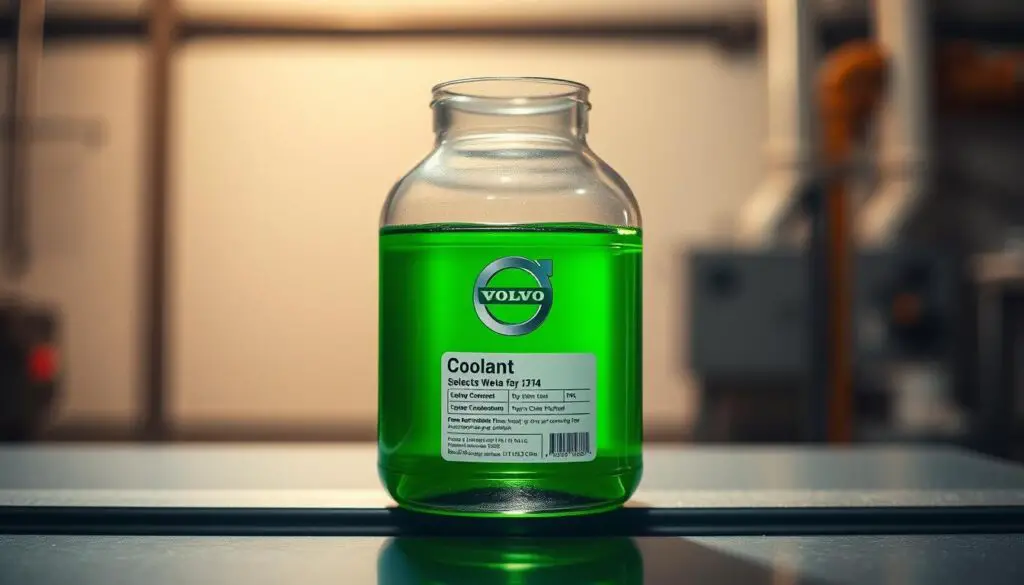
How to identify the right fluid at the dealer or parts store
At the dealer, ask for the blue HOAT product and verify the HOAT claim on the label. At a parts counter, look for HOAT formulations such as Zerex G‑05; the jug may be yellow while still meeting the same spec.
Safe top-up practices and engine protection
Match chemistry, not dye. If the service history is unknown, avoid mixing and plan a full flush. Use distilled water when diluting concentrate to a 50/50 mix unless you buy pre-mix.
- Read the back label for “Hybrid Organic Acid Technology” and aluminum compatibility.
- Judge condition by clarity, no oil sheen, and no sludge rather than the visible green stuff in old tanks.
- If you spot a pinkish, milky film, test for ATF contamination and stop driving until checked.
- Record the product, mix ratio, and date so future top-ups use compatible stuff.
Conclusion
Bottom line — shop records, forum thread reports, and parts listings align around a blue factory product in recent years. Trust the label and chemistry over visible color when topping off or replacing fluid. Match HOAT specifications and organic acid packages for aluminum systems.
Color can mislead: blue may look green in aged tanks or photos, and a pink or red coolant hint often signals a different OAT/phosphate product or possible ATF intrusion that needs fast inspection.
When unsure, flush and refill with a known volvo coolant or a recognized HOAT equivalent such as Zerex G‑05 purchased from reputable parts sources. Keep records of the stuff used and the date — thanks for reading and drive safe.
FAQ
Is the coolant for modern Volvos blue, green, or another color today?
Dealers and service manuals list a blue-green HOAT product as the current factory fill for many models. Over the years the tint has varied, so reservoirs can appear more blue or more green depending on light, concentrate ratio, and dye batches. Always check the service guide or parts department for the exact specification for your model year.
What does HOAT mean and why is Hybrid Organic Acid Technology specified?
HOAT blends organic acid inhibitors with traditional silicates or phosphates to protect aluminum and cast-iron components. It offers long-lasting corrosion control and is formulated to work with modern engine materials. For many European engines, HOAT balances extended life with material compatibility.
I’ve heard the color shifted from green to blue around the late 2000s—what happened?
Some owners and techs reported a visible change when manufacturers updated formulations or dye suppliers. The chemistry often remained HOAT, but dye shades and concentrate ratios changed, so a once-green system could look bluer after a service or factory update.
Why does coolant from dealer jugs sometimes look different than what’s in my reservoir?
Photographs, light refraction through plastic, and mixing with residual fluid can alter perceived hue. Dealer jugs are often concentrate or premix; reservoirs show diluted, aged fluid. That combination makes the same product appear different in photos.
Can I mix blue/green HOAT with pink or red OAT or phosphate-based fluids?
No. Mixing HOAT with OAT or phosphate formulas can reduce inhibitor effectiveness and may form sludge. If the systems contain unlike chemistries, a full flush and refill with the correct HOAT-type product is the safest option.
What does “red coolant” usually indicate—should I worry?
Red tint can indicate a different coolant chemistry or contamination, such as small amounts of automatic transmission fluid (ATF) from a failing cooler. Inspect the system for leaks, check levels, and have a shop test the fluid if color or odor seems off.
How do propylene glycol and ethylene glycol differ, and why avoid mixing “orange” with blue/green?
Propylene glycol is less toxic and used in some formulations; ethylene glycol is common and more effective at heat transfer. Mixing different base glycols or incompatible additive packages can harm corrosion protection. Always match the original chemistry specified for the engine.
How can U.S. owners identify the correct fluid at a dealer or parts store?
Look for HOAT-compatible labels and OEM part numbers. Common aftermarket references include products meeting G‑05 or manufacturer-approved HOAT specs. Ask staff for the product sheet or compare the label to the vehicle’s service manual.
What are safe top-up practices for maintaining engine protection?
Match the chemistry and use the same type of concentrate or premix already in the system. If unsure, drain and flush, then refill with the recommended HOAT product at the proper water-to-concentrate ratio. Avoid tap water in hard-water areas; use distilled if possible.

